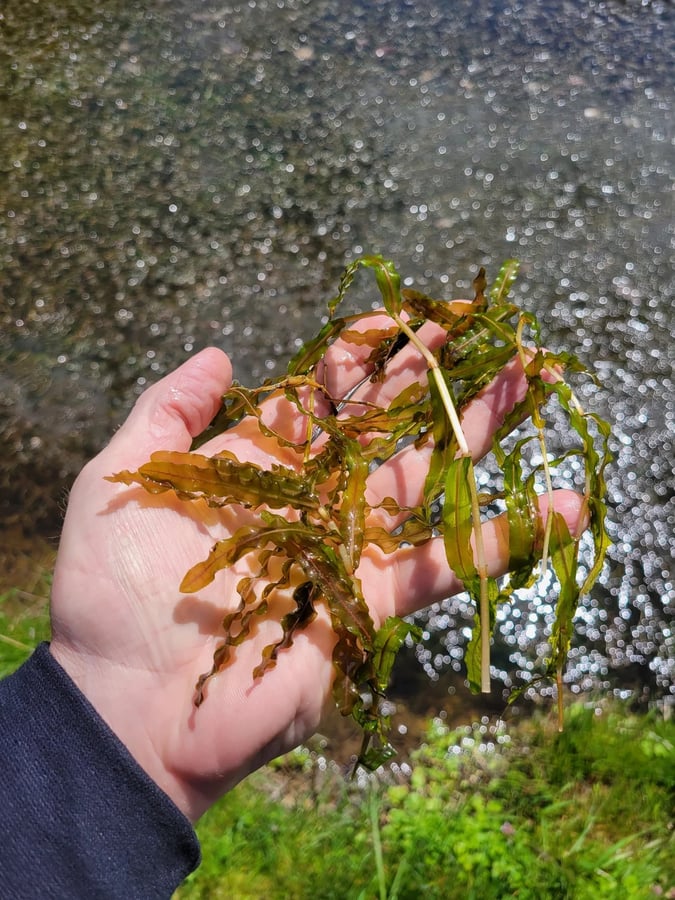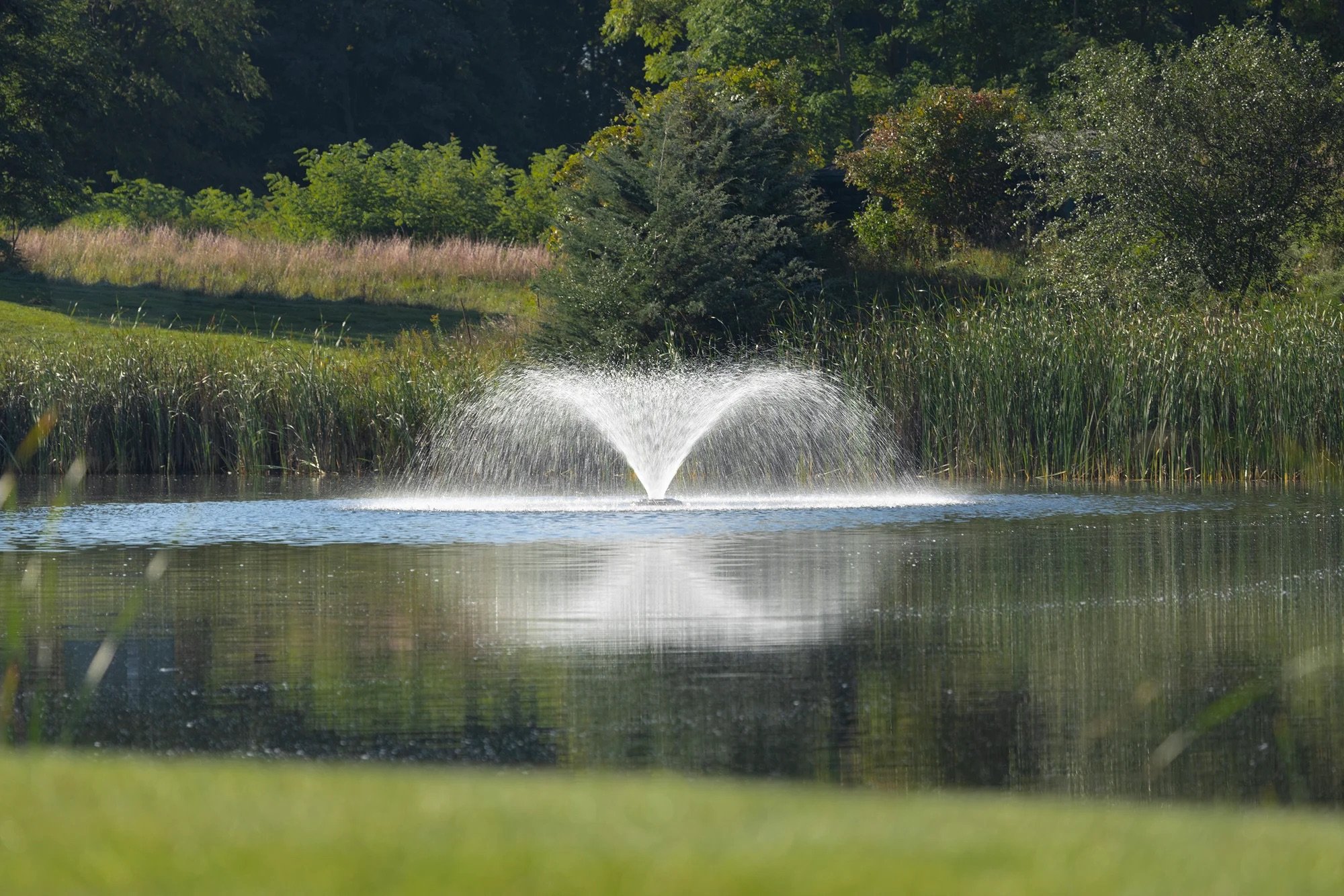
Targeted Invasive Weed Control for Lakes and Ponds Across the Northeast
Curly-leaf pondweed (Potamogeton crispus) is one of the most aggressive invasive aquatic weeds threatening waterbodies throughout the Northeast. With its crinkled, reddish-green leaves and rapid early-season growth, it can quickly take over lakes and ponds—disrupting ecosystems, clouding water, and choking out native plants.
At Water & Wetland, we specialize in science-driven curly-leaf pondweed control strategies designed for the unique conditions of Northeast waterbodies. The key to success? Timing your treatment early—before this fast-growing species has a chance to spread and dominate.
Why Curly-Leaf Pondweed Is So Problematic
Unlike native aquatic vegetation, curly-leaf pondweed grows aggressively in cool water, beginning in late fall and continuing through early spring. By the time other plants start emerging in late spring, curly-leaf has already formed dense underwater mats that outcompete beneficial species and limit biodiversity.
By early summer, the plant collapses and begins to decay—leaving behind thick mats of dying vegetation that:
- Lower dissolved oxygen levels
- Trigger algae blooms
- Create unpleasant odors
- Increase the risk of fish kills
Even worse, curly-leaf spreads through turions, or seed-like buds, which sink into the sediment and germinate in future seasons. These turions can lie dormant for years, making this invasive species especially difficult to eradicate without early, targeted action.
- Massachusetts Department of Conservation & Recreation
- Catskills Invasive Species Management
- Connecticut Department of Energy & Environmental Protection



How Invasive Aquatic Weeds Harm Your Waterbody
- Disrupt Native Habitats – By crowding out beneficial plant species and altering fish habitats
- Reduce Water Quality – Decomposing vegetation and excess nutrients fuel harmful algae growth
- Limit Recreation – Thick weed mats interfere with boating, swimming, and fishing
- Spread Rapidly – Small fragments and turions allow reinfestation if not treated early
The Ideal Window for Curly-Leaf Pondweed Treatment
Because curly-leaf pondweed grows in cool water and dies off by midsummer, the most effective time to treat it is early spring, when water temperatures are between 50°F and 60°F. Treating during this window stops the plant before it produces turions, reducing the chances of a recurring infestation.
Treatments applied too late in the season are far less effective. By summer, the plant is already decomposing, and its turions have settled into the sediment, setting the stage for next year’s outbreak.
Early spring aquatic herbicide application is the most effective way to disrupt the life cycle and preserve long-term pond health.
Northeast-Focused Pond Management from Local Experts
At Water & Wetland, our team understands the seasonal dynamics and regulatory considerations specific to the region. When it comes to curly-leaf pondweed treatment, we provide:
- Water temperature monitoring to determine ideal treatment timing
- Selective herbicides that control invasive weeds without harming native species
- Custom management plans based on your pond’s location, size, and use
- Follow-up assessments to measure effectiveness and plan for future care
We work with homeowners, lake associations, municipalities, and golf courses across the Northeast to keep their waterbodies clear, healthy, and free from invasive weeds.
Take Control Before It Spreads
Curly-leaf pondweed is one of the most persistent invasive weeds in the region—but with the right timing and strategy, it can be effectively managed. Don’t wait until summer when the damage is already done. Let our experts at Water & Wetland help you reclaim your lake or pond this spring.
Contact us today to schedule a site visit and build your early-season treatment plan.
About Water & Wetland, A Jones Lake Management Partner
Water & Wetland is a trusted expert in lake, pond, and wetland management, providing innovative and environmentally responsible solutions to control invasive species, restore shorelines, and improve water quality. As a Jones Lake Management Partner, we serve HOAs, golf courses, municipalities, and private landowners with customized lake and pond management plans designed to promote long-term ecological health. We understand the importance of proper permitting and regulatory compliance, ensuring that all projects meet local, state, and federal environmental standards. With a commitment to sustainability and science-based practices, Water & Wetland helps clients maintain thriving, well-balanced waterbodies.
